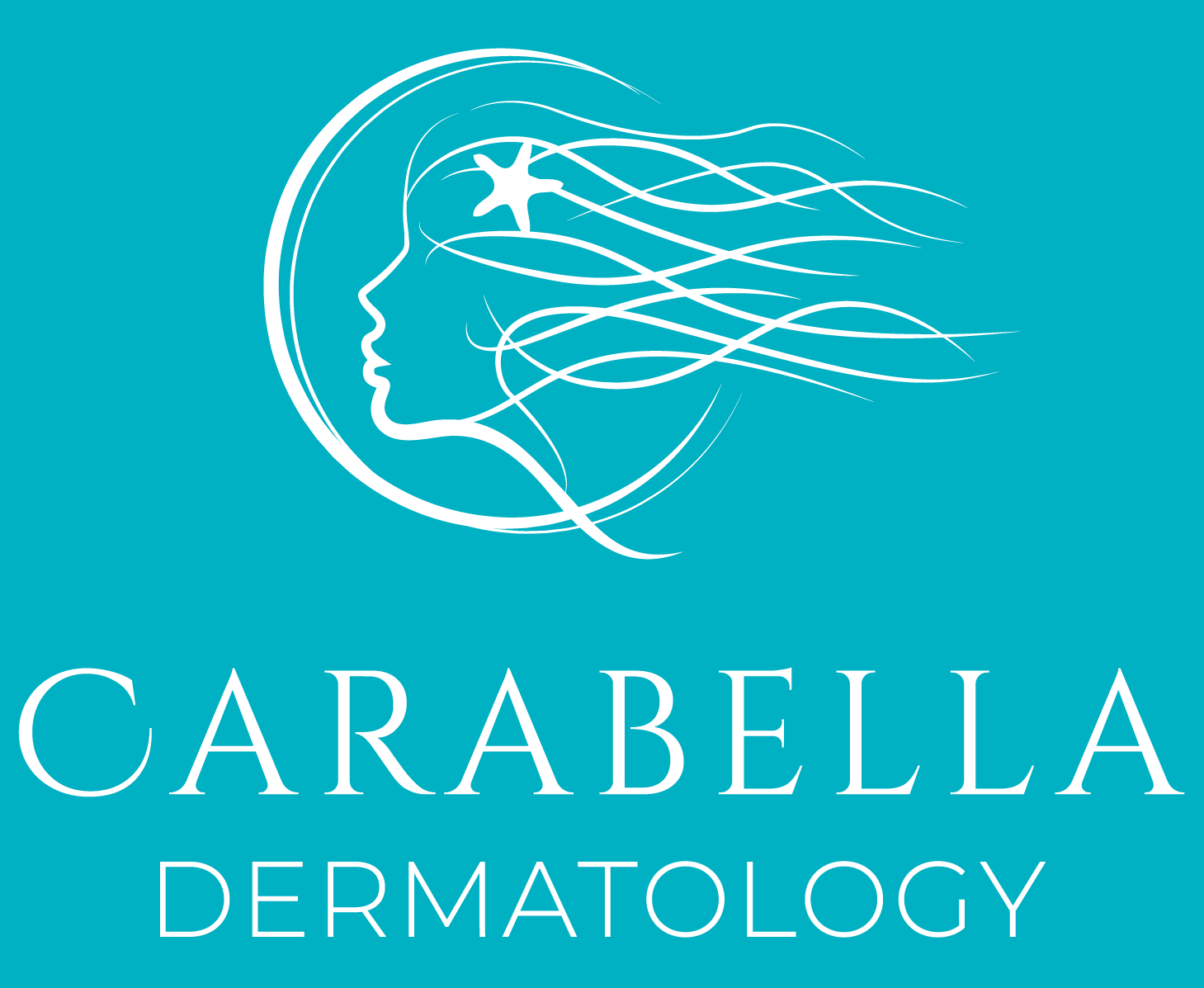Warts
Warts are small, benign (non-cancerous) growths on the skin that are caused by a virus called human papillomavirus (HPV). They can appear anywhere on the body but are most commonly found on the fingers, hands, and feet. Warts are contagious and can be spread by direct contact or by touching a surface that has come into contact with a wart.
There are several types of warts, including:
Common warts: These are the most common type of wart and typically appear as small, rough, raised bumps on the skin.
Plantar warts: These warts appear on the soles of the feet and are often flat and smooth. They can be quite painful.
Flat warts: These warts are smaller and smoother than other types of warts. They can appear in large numbers and are most commonly found on the face, legs, and arms.
There are many different treatment options for warts, and the best one will depend on the type and location of the wart, as well as the patient's age and overall health. Some of the most common treatments include:
Topical treatments: These include creams and ointments that contain salicylic acid or imiquimod, which can help to soften and remove the wart. We can custom make up prescription compounds to help your warts go away.
Cryotherapy: This treatment involves freezing the wart with liquid nitrogen. The wart will turn black and fall off after a few days.
Surgical removal: This can be done by a dermatologist by cutting off the wart or by using a laser to remove it.
Cantharidin: This is a chemical that is applied to the wart by a dermatologist. It causes a blister to form under the wart, and the wart will fall off after a few days.
Electrocautery: This is a procedure where a small electric current is used to destroy the wart.
Immunotherapy: This treatment involves injecting the wart with an immune-stimulating substance to help the body fight off the virus.
It's worth mentioning that some warts will resolve on their own over time, but others may require multiple treatments before they are successfully removed. Some warts may recur after treatment, so it's important to follow up with a dermatologist to monitor the wart and to prevent its recurrence.

